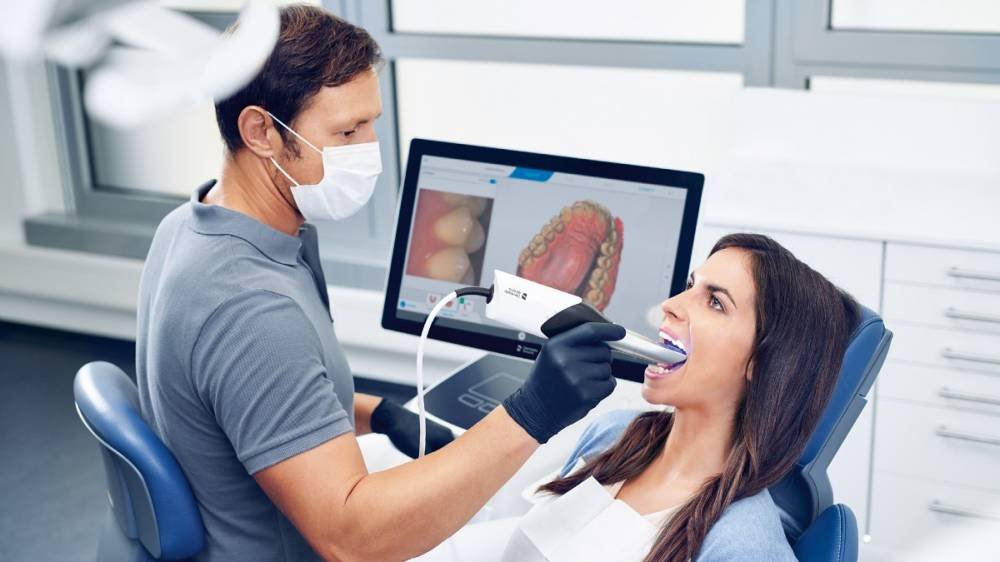What is a crown and what to expect?
Congratulations on getting a crown on your tooth! You've taken a great step toward maintaining your dental health. A crown is a restoration that covers the visible portion of a damaged or decayed tooth and is made of porcelain, metal, zirconia, or a combination of materials. At Alive Dental, we use biocompatible, non-metallic materials such as porcelain and zirconia. Crowns can help restore the shape, size, and strength of a tooth while improving its appearance. While we always choose the most conservative treatment, at times crowns are needed to prevent teeth from splitting and subsequently needing to be removed. In this post, we'll discuss what to expect after getting a dental crown and offer some helpful tips for post-op care.
First, let's talk about the post-op instructions. After your appointment, it's normal to experience soreness at the injection site, gum tenderness, mild sensitivity to temperature and pressure, gum soreness and a roughness against your tongue. These will resolve once your permanent crown is placed.
For tenderness or discomfort, you may take over the counter pain relievers (such as ibuprofen or acetaminophen), curcumin supplements (600mg twice daily), or Arnica. Red light therapy is also effective (we love Usuie Red Lights). If you have severe unprovoked pain, pain that wakes you up from sleep, pain that lasts more than 3 days, or pain that is getting worse, please let us know.
One of the most important things to keep in mind is to avoid hard, chewy, or sticky foods. This means no gum or sticky candy. If your temporary crown is in the front of your mouth, try to avoid biting into food. Instead, cut your food up and chew with your back teeth. Brush the area normally with a soft toothbrush, but be sure to focus on keeping the gum line clean. When flossing, pop the floss through the area, clean in between, and then slide the whole piece of floss out the side. Do not pop the floss back out as you may dislodge your temporary crown. Also, if you use a Waterpik, please avoid using it around your temporary crown.
It's important to remember that temporary crowns may feel different than your natural tooth and the permanent crown. Your tongue may be curious about the temporary, but try to leave it alone. If your temporary falls out and you have severe cold sensitivity, call the office so we can re-cement it. However, if your temporary comes off and you do not have discomfort and your crown seat appointment is less than 5 days away, it's okay to leave the temporary off. If your temporary comes off over a weekend and you're concerned about sensitivity, temporary cement is sold over the counter or you can put the temp back over your tooth when you are not eating.
Finally, your crown seat appointment typically lasts about 30 minutes. Typically, we do not use anesthetic during the crown seat appointment because this allows you to make sure that the permanent crown feels great before it is permanently placed. For most people, crown seats are painless. For some, they may have slight sensitivity when the temporary is removed and right before the crown is cemented. Please let us know at the beginning of your appointment if you have any questions or concerns.
In conclusion, after getting a crown on your tooth, you may experience some discomfort, soreness, and sensitivity, but these symptoms are normal and will subside in a few days. Follow the post-op instructions carefully and if you have any concerns or questions, don't hesitate to reach out to your dentist.

